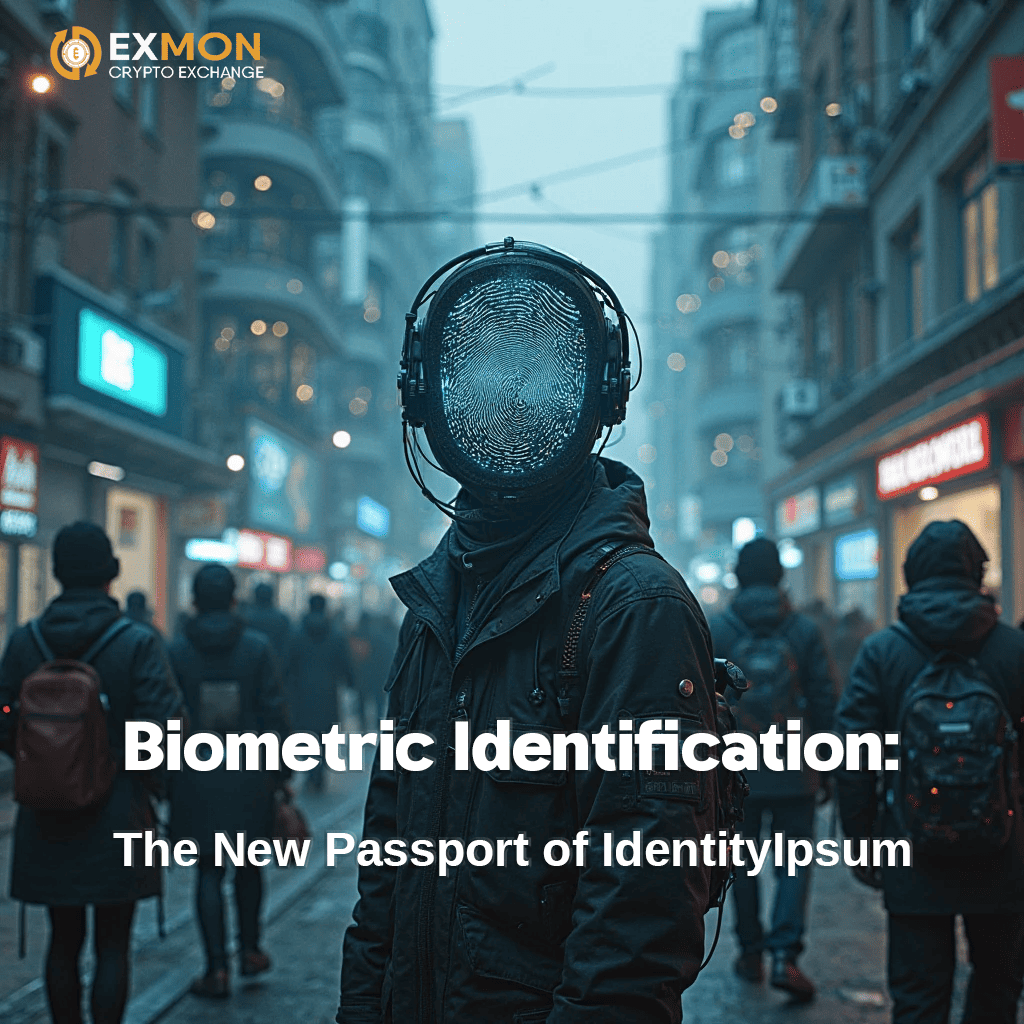From Face ID to Fingerprints in the Subway
Biometric identification is rapidly evolving into a universal tool for verifying identity, gradually replacing traditional documents and passwords. What seemed exotic just a decade ago — fingerprint scanning — is now becoming the dominant form of authentication, from unlocking smartphones to paying for subway rides.
Why Biometrics Replace the Passport
The key reason lies in the near-uniqueness of biometric traits. The probability of two people sharing identical fingerprint ridge patterns is estimated at 1 in 64 billion, while matches in iris structures are even rarer. This makes biometrics a natural “digital passport.”
Technologies today allow identification through:
- Fingerprints — used in criminology since the late 19th century.
- Facial geometry — e.g., Apple’s Face ID and AI-powered CCTV systems.
- Iris recognition — deployed in airports in Singapore and the UAE.
- Vein patterns of the palm and fingers — Fujitsu’s PalmSecure technology.
- Voice biometrics — widely used by banks for customer authentication.
A lesser-known but highly promising approach is gait recognition. In 2020, China integrated gait analysis into its “Smart City” systems. Even if someone’s face is covered and hands are gloved, algorithms can analyze over 200 motion parameters to establish identity.
Biometrics in Everyday Life
In Russia, biometric identification is already applied across multiple sectors:
- Finance — Since 2018, the Unified Biometric System (UBS) allows citizens to open bank accounts and access services remotely.
- Transport — Moscow Metro launched FacePay in 2021, enabling fare payment via turnstile cameras without cards or phones.
- Healthcare — Clinics in Moscow and St. Petersburg are piloting face-based check-in and medical services without physical passports.
- Education — Several universities use facial recognition to monitor student attendance.
An intriguing example comes from South Korea, where alcohol and tobacco purchases are restricted through face-scanning systems, replacing traditional ID checks.
Risks and Threats
Biometrics offer convenience but introduce new risks:
- Irreplaceability — A stolen passport can be replaced, but compromised fingerprints or iris data cannot. Once leaked, they represent a permanent vulnerability.
- Forgery — Despite claims of being “unbreakable,” biometric systems have been bypassed. In 2019, Tencent researchers fooled Apple’s Face ID with a 3D mask. In 2022, hackers reproduced fingerprints using high-resolution photographs.
- Mass surveillance — In China, facial recognition technologies are used to track citizens’ movements and social interactions. Biometrics thus become a tool of total control.
Little-Known Facts
- In 2015, a massive breach hit the U.S. Office of Personnel Management (OPM), exposing the fingerprints of 5.6 million government employees. Unlike passwords, these cannot be reset — posing lifelong risks of forgery and blackmail.
- In 2020, UK company iProov introduced “liveness detection” via facial micro-movements, ensuring that identities cannot be spoofed with photos or videos.
- Modern iris-scanning algorithms can detect not only identity but also health conditions like diabetes or hypertension, offering medical potential but also raising concerns about leaks of sensitive health data.
Biometrics as the New Passport
Biometrics are increasingly replacing physical passports in practice. Today, a person can open a bank account, pay for transport, enter a building, or access government services using only their face or fingerprint.
Effectively, a single digital identity is being formed — one that cannot be lost or forgotten. But a crucial question remains: who controls this instrument? In the hands of states or corporations, biometrics risk transforming into a “digital cage,” where every transaction and movement is automatically tracked.
A Future Without Passports: Possible Scenarios
If biometrics fully replace traditional passports, the next 10–15 years could unfold along several distinct paths.
1. State-Controlled Identity
In most countries, governments are becoming the primary operators of biometric systems. Centralized databases allow biometric traits to be linked with taxes, fines, medical records, and even voting results.
Example: India’s Aadhaar program covers over a billion people, making it the world’s largest biometric database. Without it, citizens cannot access healthcare or receive state subsidies.
2. Corporate Identification
Big Tech corporations are building their own biometric ecosystems. Apple (Face ID), Google (Android Biometric API), and Amazon (Amazon One palm-scanning payment system) are shaping an alternative passport — corporate identity. A person effectively becomes “tied” to a company through their biometric data.
3. Hybrid Model
The most likely outcome is a symbiosis of governments and corporations. Banks in several countries already transmit customer biometrics into state databases, while public authorities rely on corporate cloud services to store data.
Ethical and Legal Challenges
Biometric identity raises profound questions:
- Right to anonymity — Is anonymity still possible in a world where every step is tracked by facial recognition cameras?
- Consent — Biometrics are often enforced “by default.” For example, installing a banking app may require face scans, regardless of user choice.
- Data storage — Where are biometric datasets stored? Are they encrypted? Who has access?
- International sharing — Security agencies are already exchanging biometric databases to combat crime. This could evolve into a global identification system, leaving individuals with no “escape” from digital surveillance.
Biometrics and Artificial Intelligence
As AI advances, biometrics are becoming both more accurate and more intrusive. Deep learning algorithms can now:
- Detect emotions and mental states from micro-expressions.
- Predict future behavior based on gestures or gait.
- Identify individuals even in masks or partial visibility — Chinese systems reached 95% accuracy by 2023.
Experiments also show AI can detect stress or deception from voice patterns. For governments and businesses, this transforms biometrics into a tool not only for identification but for behavioral control and manipulation.
What Comes Next?
Benefits of biometric identity:
- No need to carry physical documents.
- Passports and passwords can’t be lost or forgotten.
- Security is stronger than traditional authentication.
Risks of biometric dominance:
- Every person becomes a digital surveillance subject.
- Privacy may disappear entirely.
- Biometric data could enable discrimination — e.g., denying services based on facial or behavioral analysis.
Conclusion
Biometric identification is no longer a futuristic vision — it is already replacing traditional passports. The real question is not if this will happen, but how it will unfold.
Will we own our digital identities, or will we remain subjects of control by states and corporations?
The choice society makes in the coming years will determine whether biometrics become a tool of freedom and convenience, or the foundation of a global digital prison.



